
The processor is the "brain" of the computer. It is what processes the tasks you are doing with the computer. If you will be using it for just basic home use like e mail and Facebook, you could probably get by with a budget processor like an AMD A4 or the Intel Pentium. If you will be using lots of office applications such as Microsoft Word, Excel, etc. You will want a little more power, which can be found in the Intel Core I3 or the AMD A8. If you will be gaming, video editing, or using design programs like CADD, you will want a higher end processor such as the Intel Core i7 or the higher end AMD FX series processors. Below is a quick video about picking out CPU's.
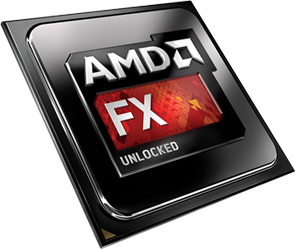
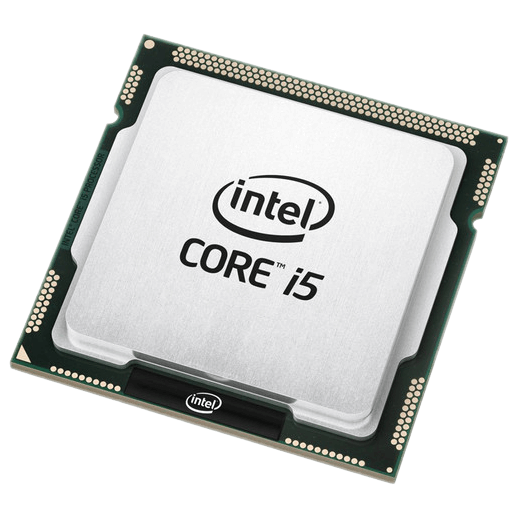
The RAM or Memory is what stores your information while you are using the computer. The Memory clears when the computer is restarted or shut down. For example, if you are typing a Word document and you don't save it, it is currently on the Memory. The two most popular types of Memory today is DDR3 and DDR4. They are both very fast, but if you want the best of the best go with DDR4. Otherwise, DDR3 is just fine and fast enough for most people. I recommend 4 Gigabytes of RAM or more depending on what you are doing. If you are just using basic applications like browsing the web, using e mail, and Facebook, 4 Gigabytes of RAM will work fine for you. If you are doing anything more than basic web browsing, I recommend at least 8 Gigabytes or 16, depending on how many programs you will have running at a time. If you are video editing or playing lots of video games, 32 Gigabytes of Memory is ideal because video editing, gaming, streaming, etc. takes up a lot of Memory. Depending on how many games you have running you may even want to upgrade to 64 or 128 Gigabytes of Memory.

The motherboard is where the Processor and RAM are installed, and it is also where the hard drives, Optical drive, power button, etc. are connected. Once you pick out your processor and memory, the motherboard is pretty easy to pick out. First, figure out what socket your CPU uses. For example, if you purchase an Intel Core i3 and the socket is LGA1155, and you purchase DDR3 memory, the motherboard must have a LGA1155 socket and support DDR3 Memory.

First, I
will talk about storage drives. Today there are two types of
drives, Solid State Drives (SSD) or Hard Drives (HDD). The HDD
is a mechanical drive with platters and a needle that store
data. The SSD is a drive with no moving parts, and your data is
stored on chips. Both drives are reliable, but the SSD lasts
longer because there are no moving parts. The SSD is also faster
for gamers and anybody else who has many programs running at
once. SSDs tend to be very expensive, so often times people
purchase ones with small storage size, and pair it with a less
expensive, higher capacity HDD. If you did this, you would put
your operating system and programs on the SSD, and your photos,
documents, and other files on the HDD. If you will be using the
computer for just web browsing or basic office applications, a HDD
will be fast enough. If you are purchasing an SSD and HDD
together, I suggest getting an SSD with at least 60 Gigabytes of
space, and a Hard Drive with one Terabyte (1,024 gigabytes) of
space. This will allow you enough storage on the SSD for the
operating system, and enough storage on the HDD for lots of pictures,
documents, and large programs. If you are just going to get a
HDD, I suggest getting one with one terabyte (1,024 gigabytes) for
enough space for your operating system, pictures, and other
files. If you tend to do more video editing, or store lots of
games and pictures, you may need more storage space. Additional
drives can be installed in most computers if you decide you need more
storage at a later time. Next, I will talk about optical drives.
Optical drives are the DVD and CD drives on the front of your finished
computer where you can play and burn DVDs and CDs. These drives
are slowly becoming obsolete, and not everybody uses them.
But if you use discs a lot, you will want to purchase one. When
your purchase drives, make sure that they either include SATA cables
or you will need to purchase the SATA cables yourself. These are
what connect the drives to your motherboard.
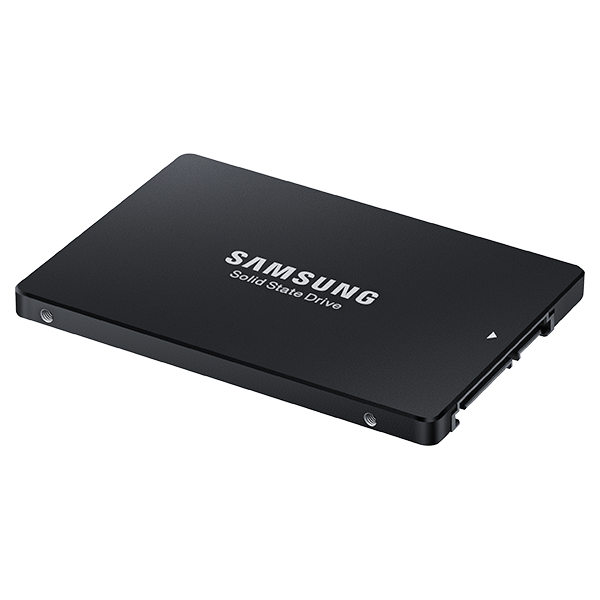
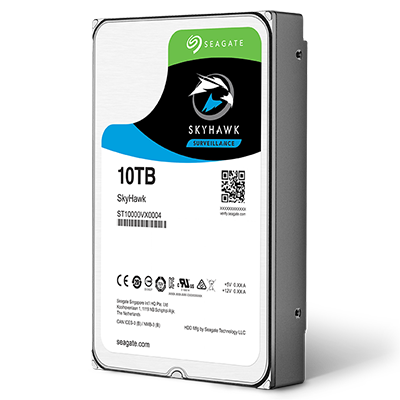

The
graphics card is what renders the graphics on the computer. If
you will be just using the computer for basic office tasks like E
Mail, word processing, and accounting, you can skip this section
because the graphics built into the processor will be good enough
for what you are doing. If you are a gamer, graphic or CADD
designer, or a video editor, you will want to purchase an additional
graphics card because the graphics integrated into the processor are
not good enough for what you are doing. Some graphics are
capable of working together with another one of the same graphics
cards for double the power. If you do this you must have two
PCI express slots on the motherboard (one for each graphics card)
and they connect together. NVIDIA and AMD are the two graphics
card chip producers. The graphics card is also known as the
GPU or Graphics Processing Unit. The latest graphics card from
NVIDIA is the GTX 1080. The latest GPU from AMD is the Radeon
R9 series chips. Both of these cards are the best that are out
today and will be powerful to do anything you want on the
computer. If you would like to save some money, you may
consider some of the older NVIDIA GTX series chips or the older AMD
chips. These won't be as fast as the latest chips, but
depending on what you are doing they may be good enough.
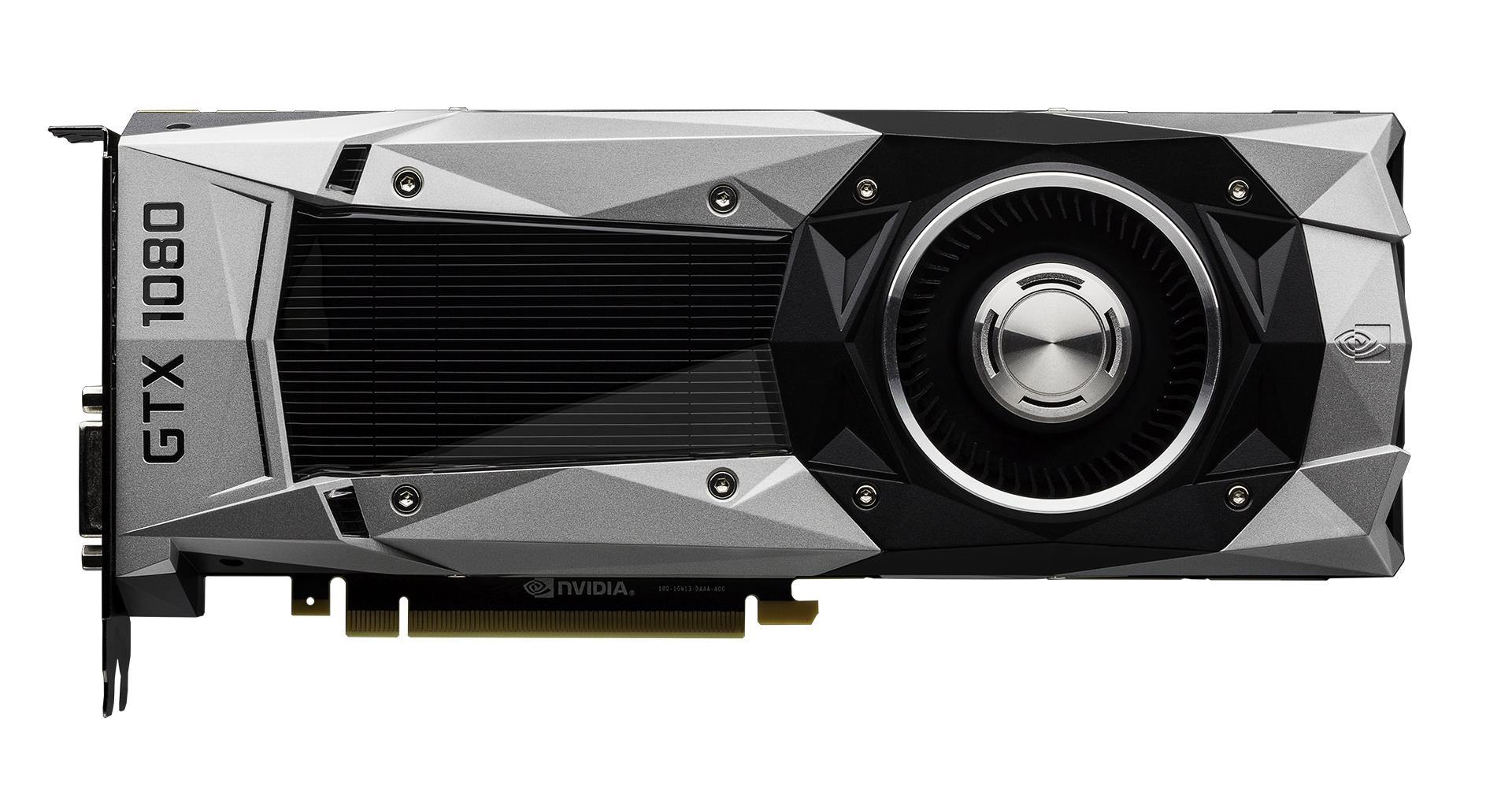

The Power supply is where the computer plugs into the wall, and distributes the power to the processor, motherboard, HDD/SSD, Optical drive, graphics card, case fans, and other accessories inside the computer. The wattage of the power supply depends on the components you have inside the computer. If you aren't using an graphics card, you can probably get by with a 400 watt power supply. This also depends on how many hard drives you have, or how many case fans are inside the computer. If you have lots of additional drives, fans, or a high wattage processor, you may want to go with a 500w or higher power supply. If you have an additional graphics card, you will want at least a 500 watt power supply (or greater depending on other components and how many graphics cards you use) If you have a graphics card, you will also want to make sure you have the proper power connector on the power supply.
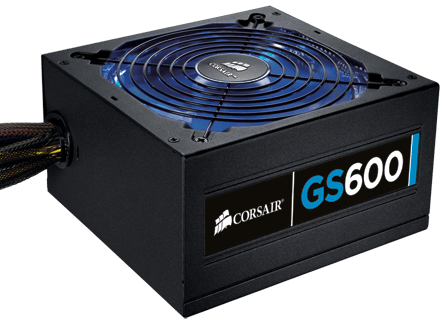
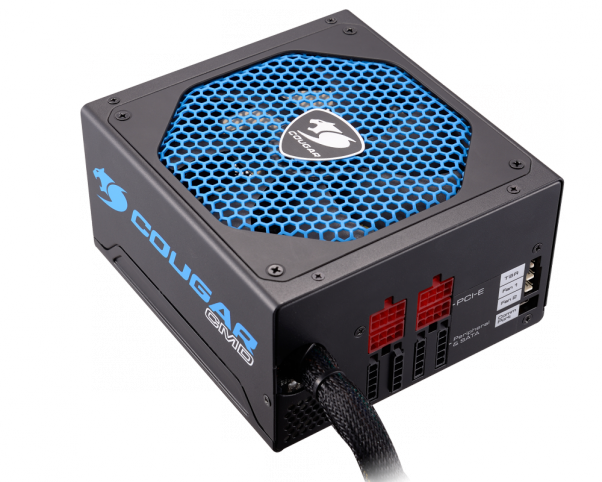
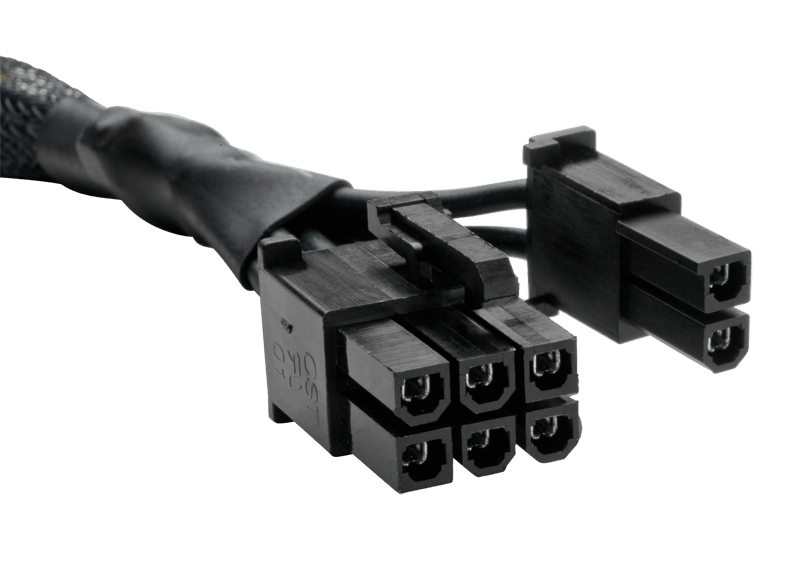
The
computer case is where all of the computer components
go. These are pretty easy to pick out, just make sure
that the case has enough space inside it for the graphics
card(s) and the amount of drives you may have. Also if
you have a graphics card, you will want to make sure the
case has enough cooling fans and ventilation.
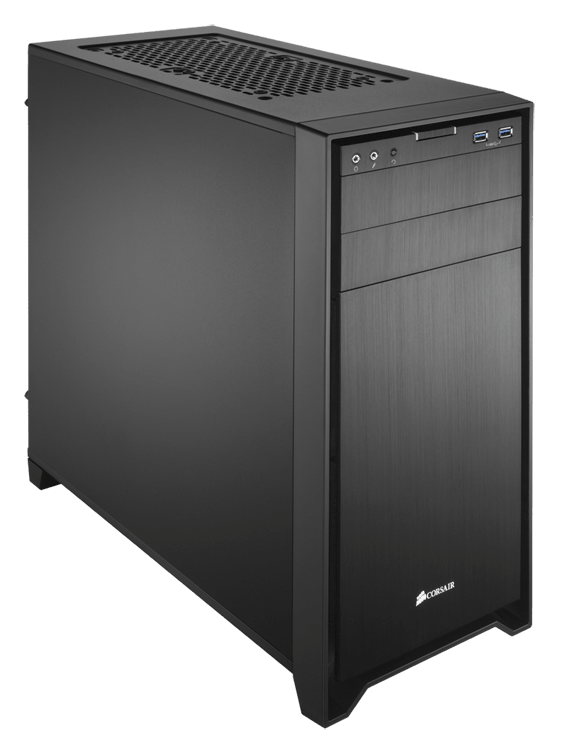
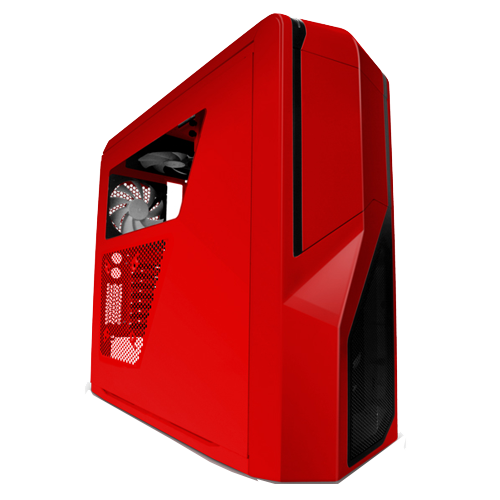
If
you don't have these already, you must buy a monitor,
keyboard, mouse, as well as network, video, and power
cables for your computer. There are also many
other accessories available for computers. These
include, but are not limited to Wifi cards, SD card
readers, or additional Network cards. These are
all optional, but you may find them useful and necessary
for your computer build.